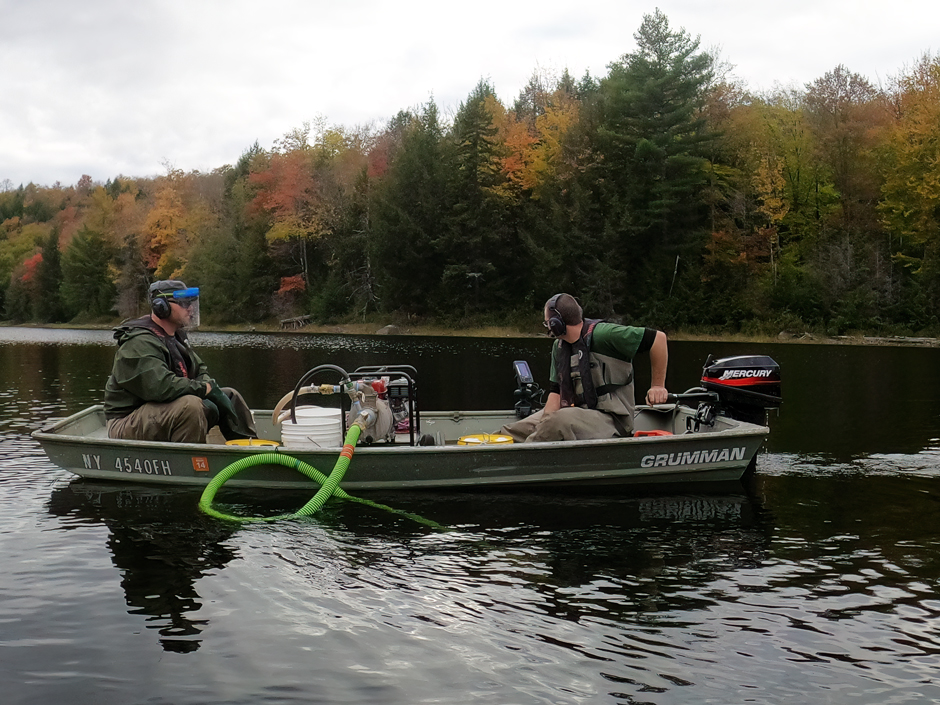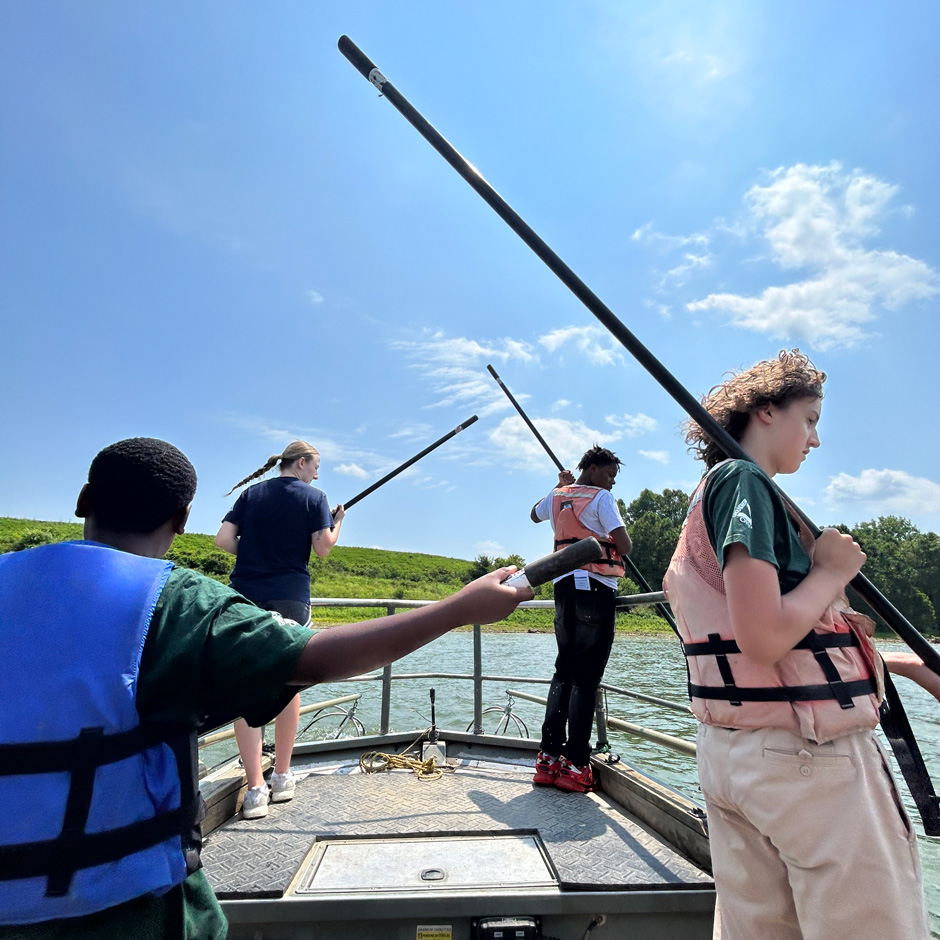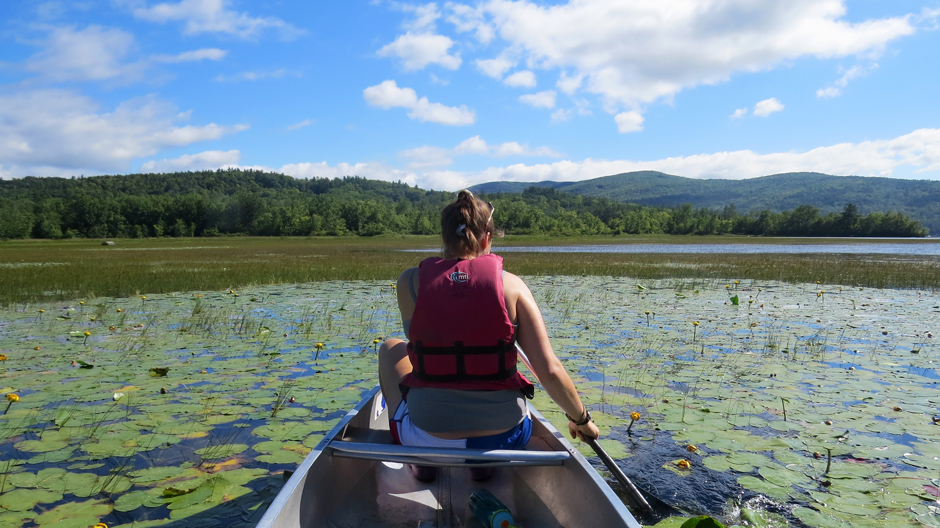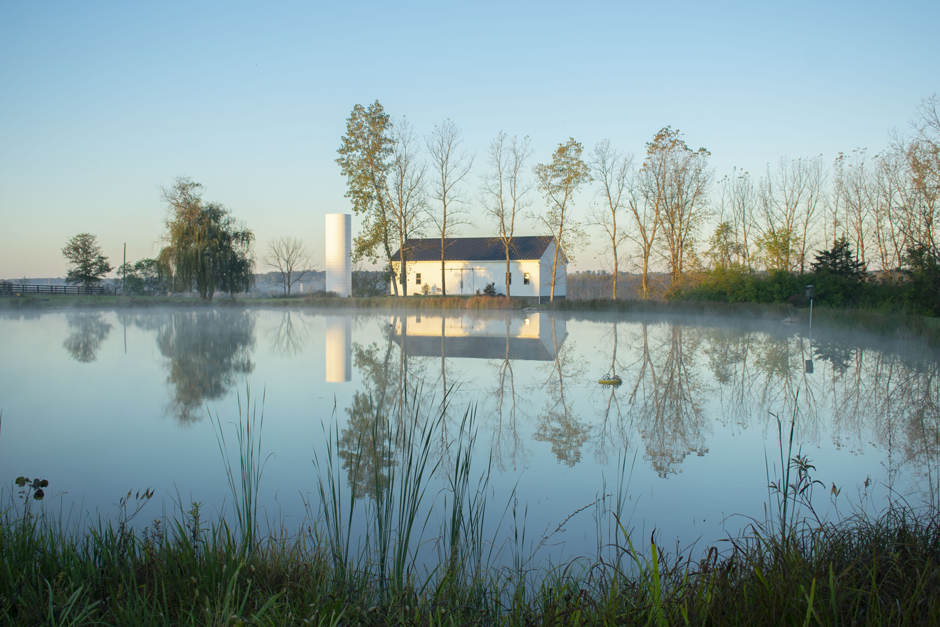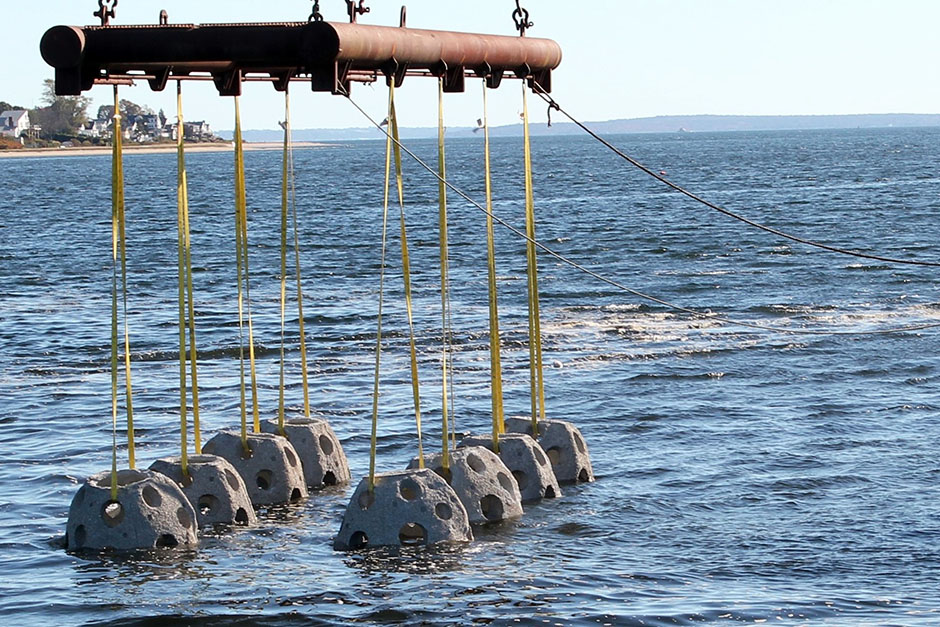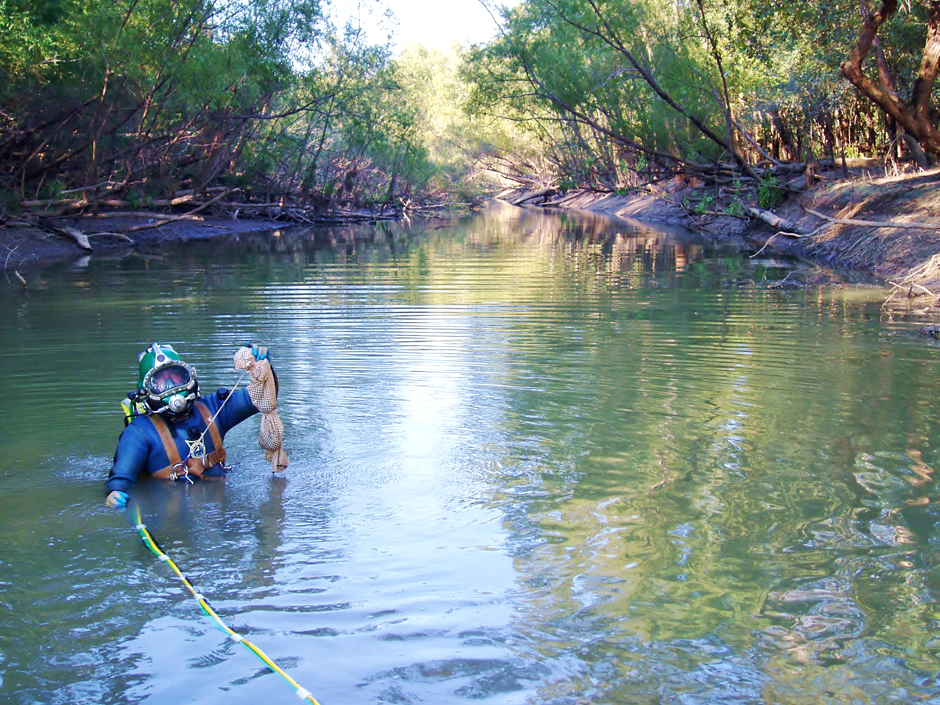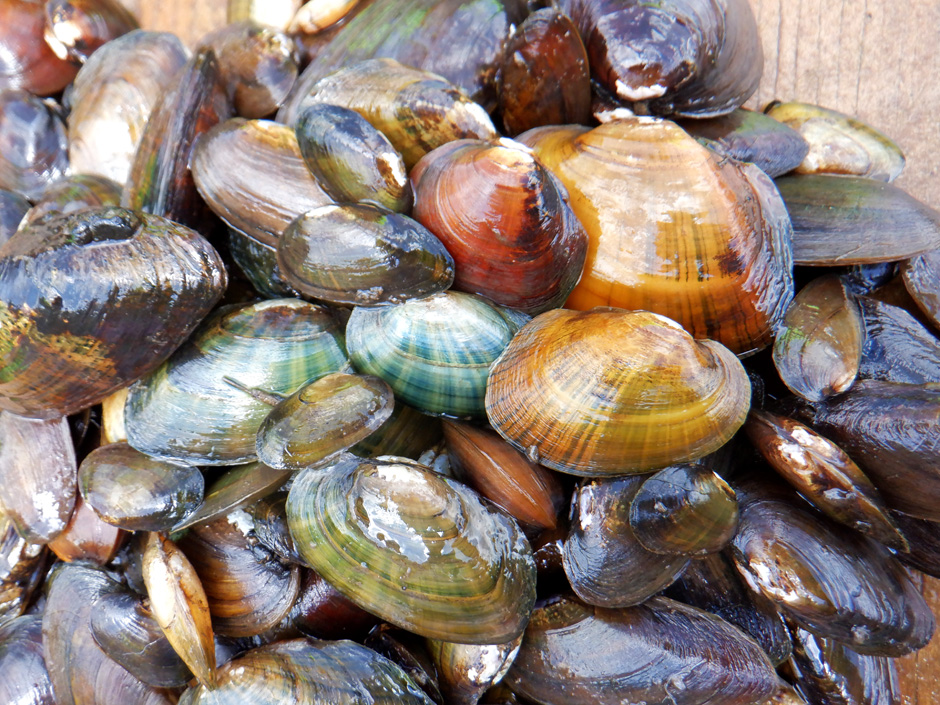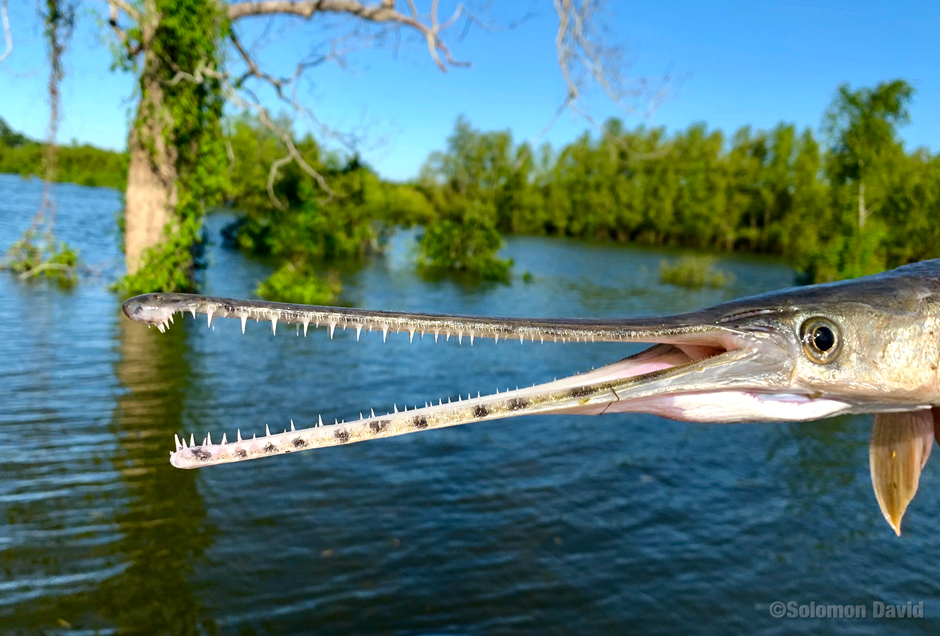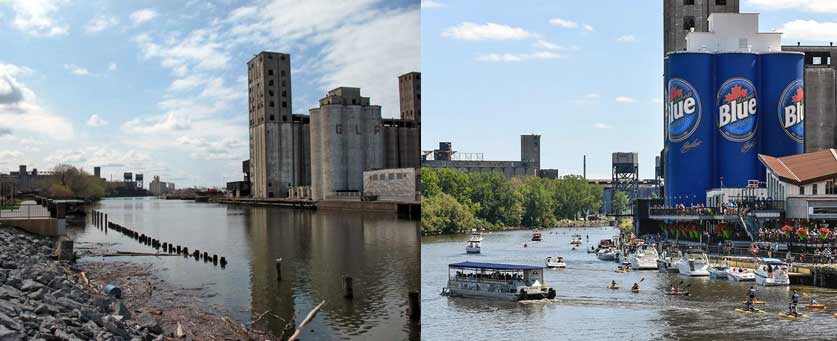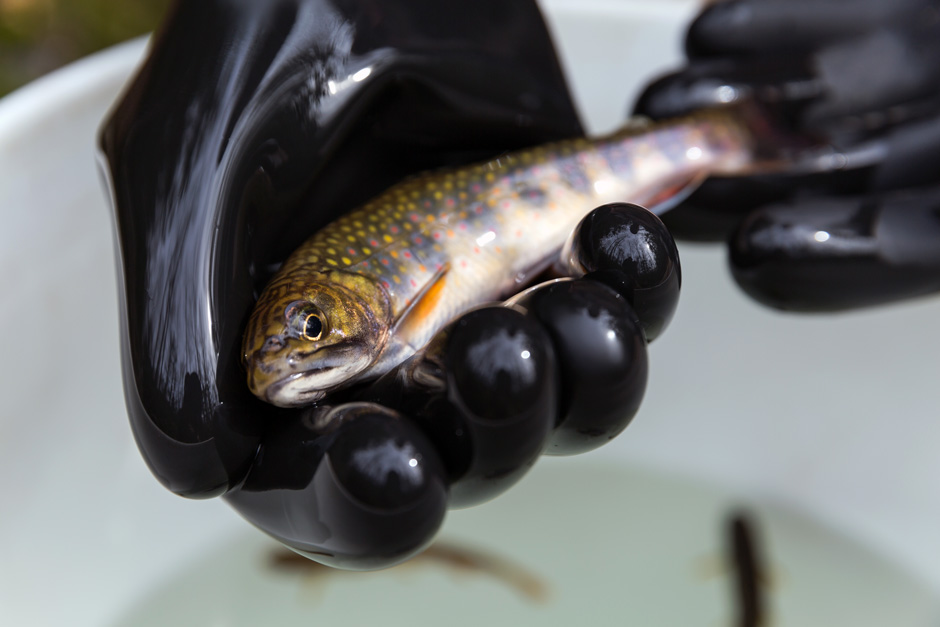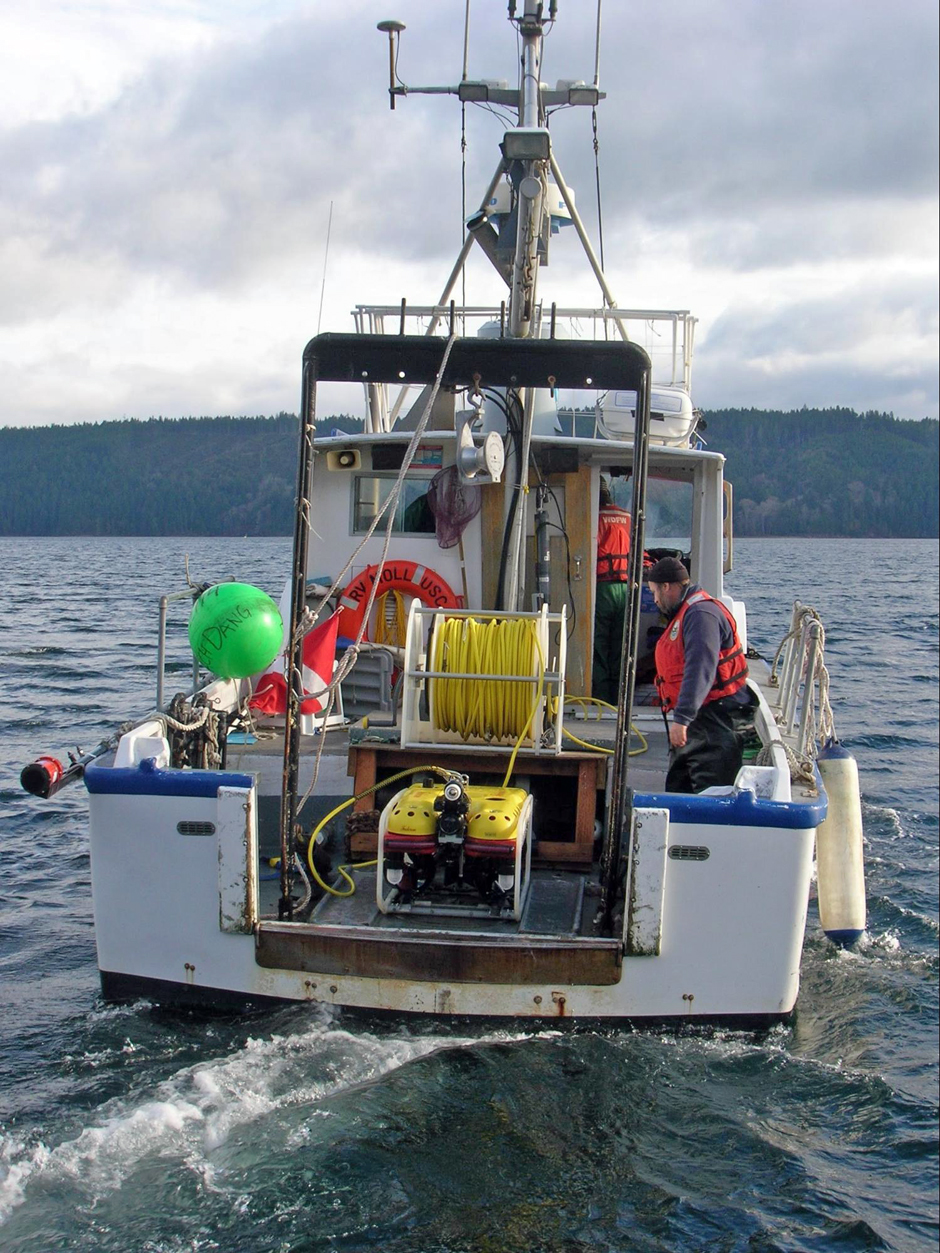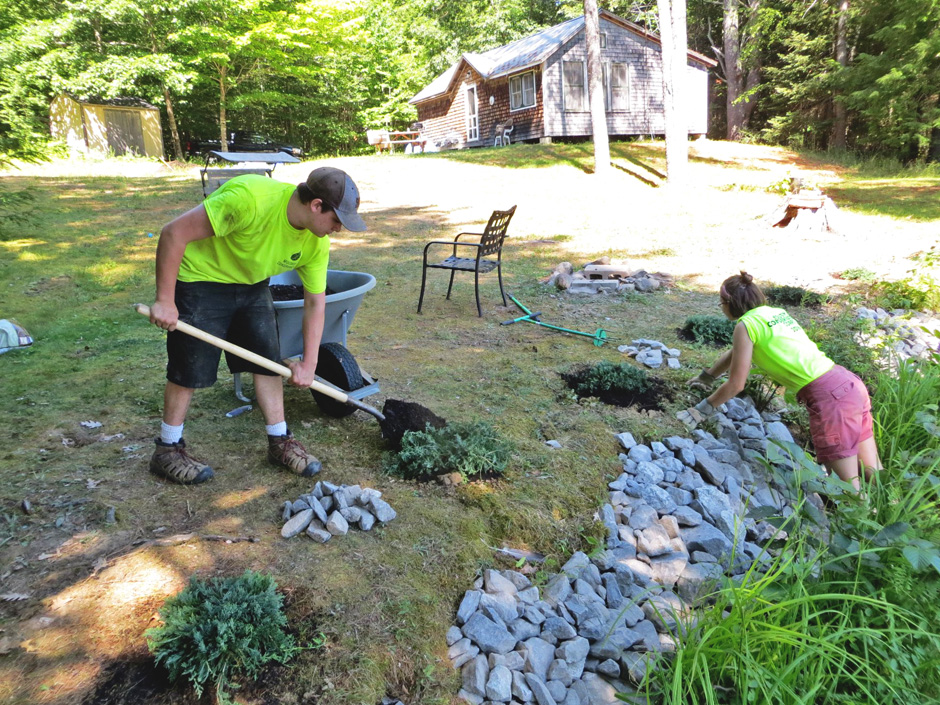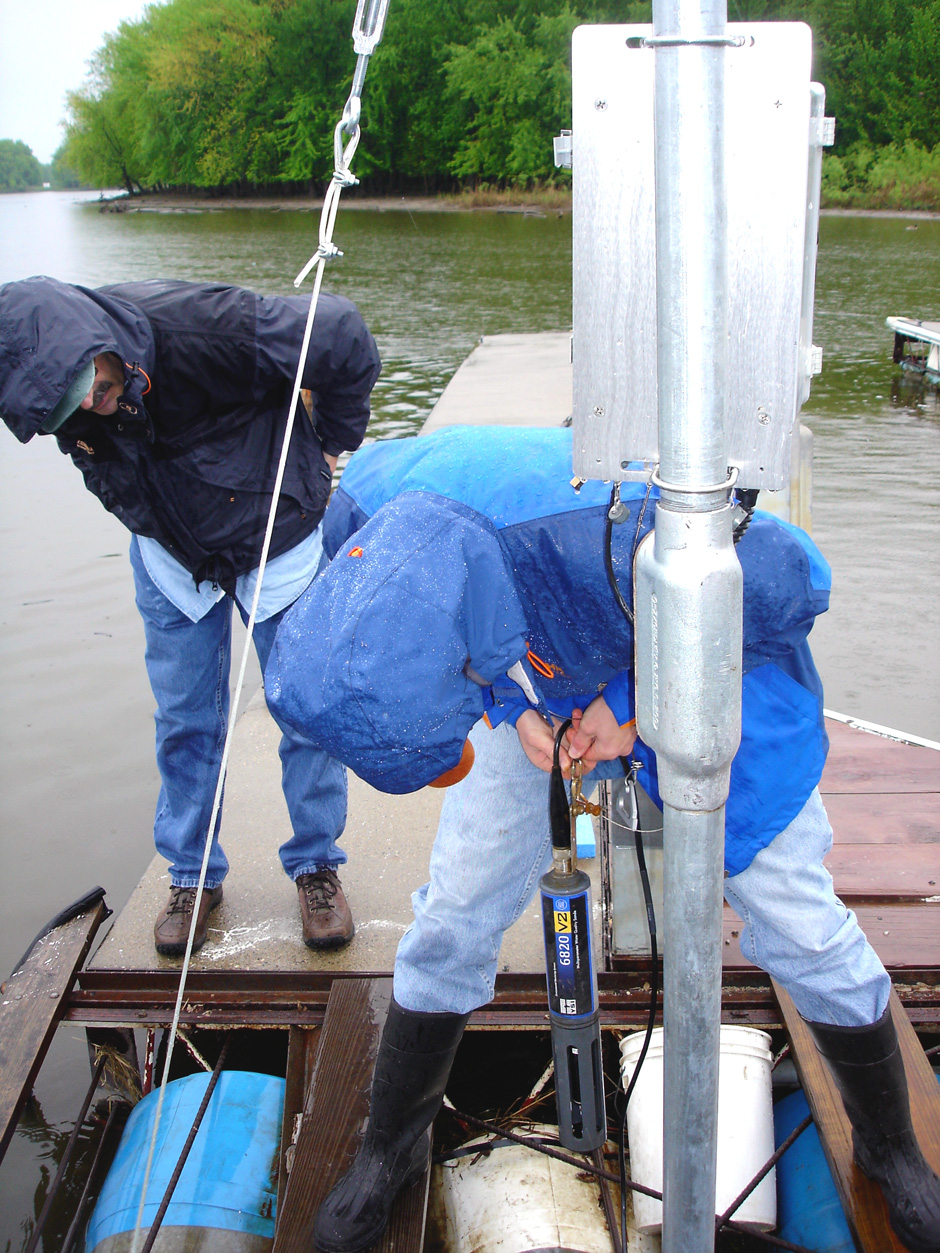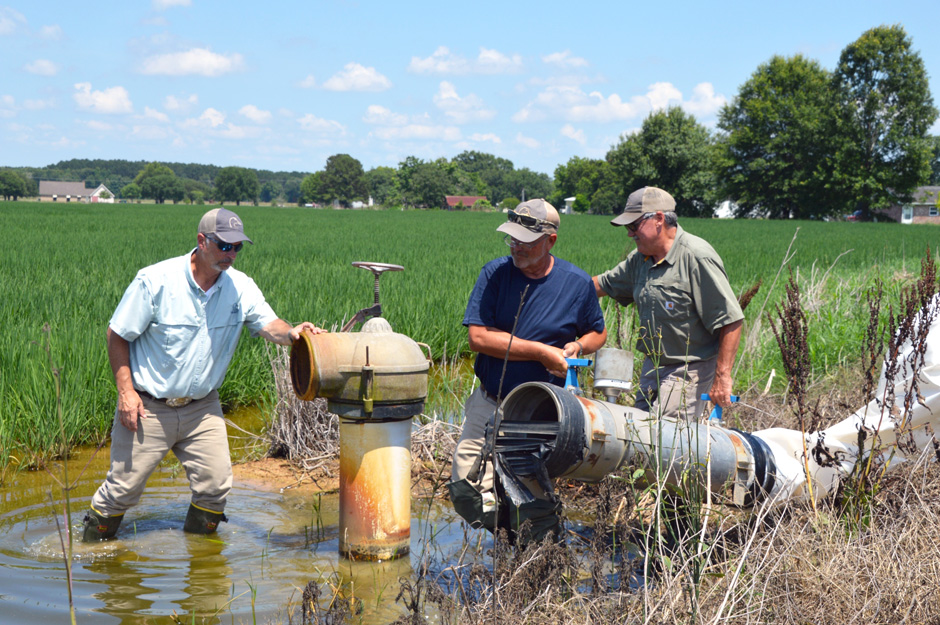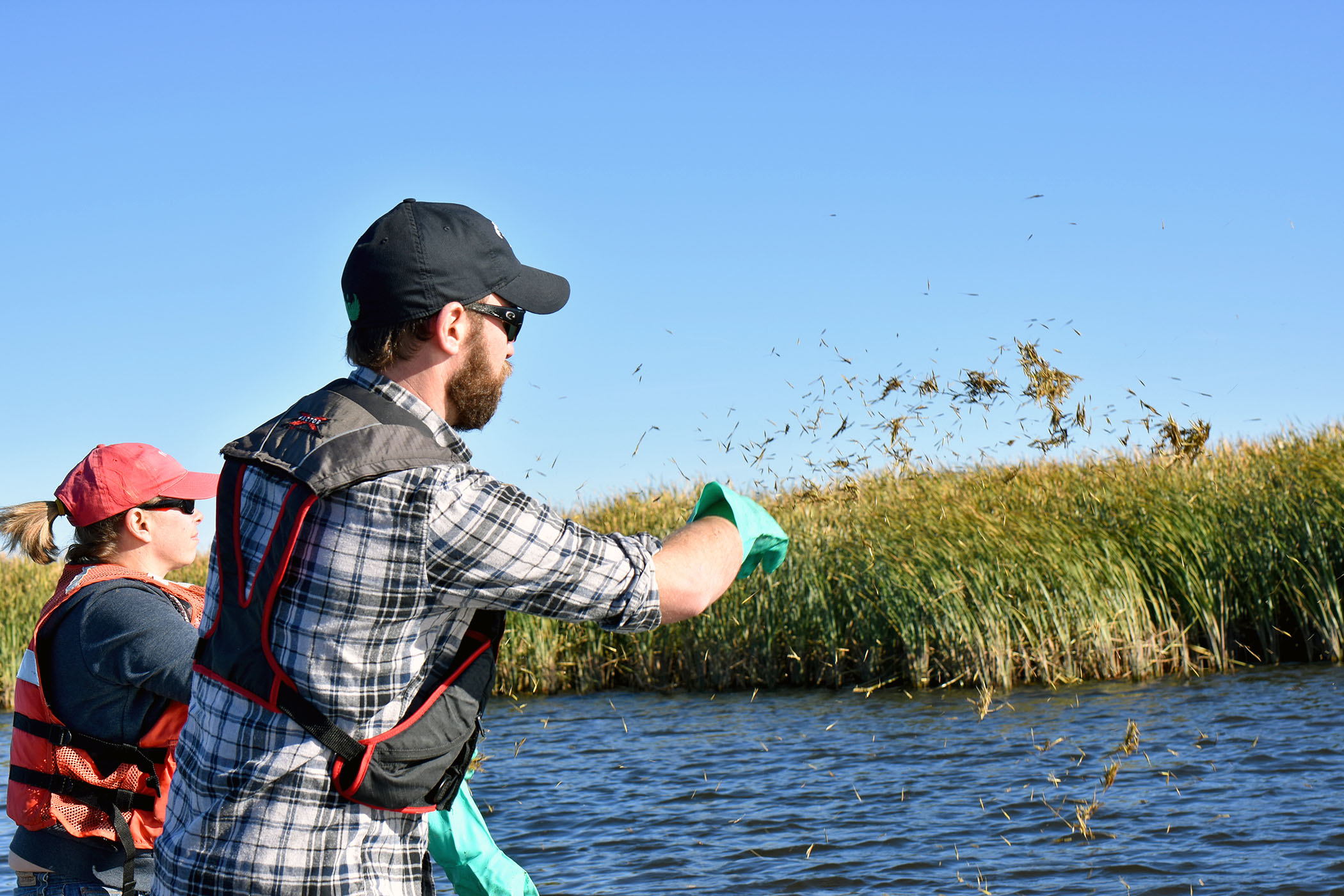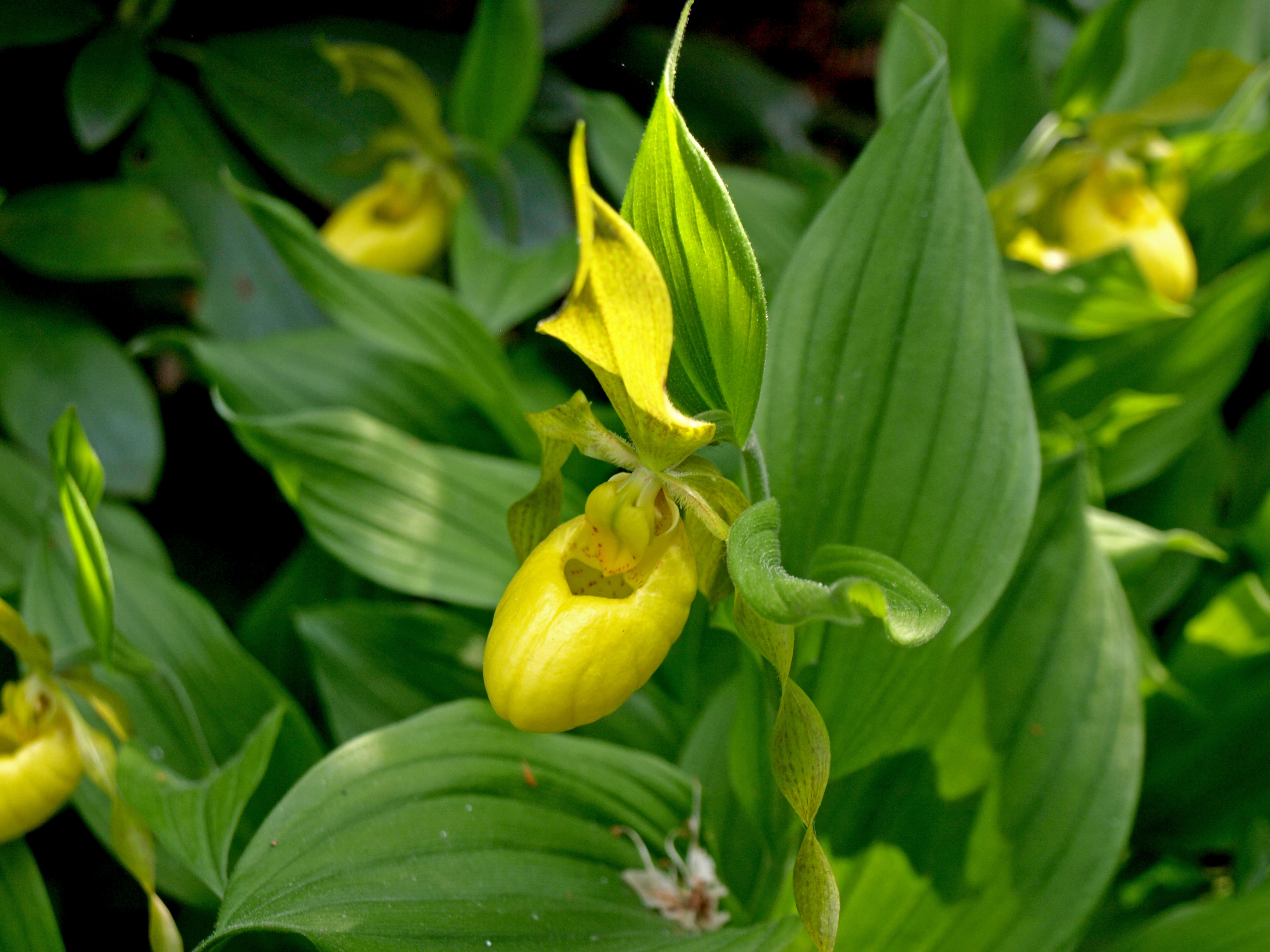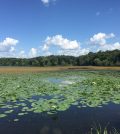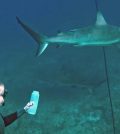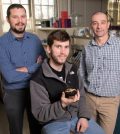Posts for tag "conservation"
Reintroducing Historically Native Fish in America’s Largest Wilderness
Among the dozens of publicly protected national parks, hundreds of wilderness areas, and thousands of state parks in the contiguous U.S., none are larger than the Adirondack Park, a 6 million-acre wilderness area that spreads across upstate...
- Posted September 16, 2024
Rebuilding Trust in Science and Protecting Resources: Thomas More University Biology Field Station
The Thomas More Field Station is managed by a team of students, faculty and staff who facilitate ongoing restoration and monitoring programs.
- Posted December 27, 2023
Small-Scale Monitoring for Large-Scale Impacts: Building Storm Resilience in the Newfound Lake Region
Dynamic and healthy ecosystems can become center points for towns, cities, and entire regions—such is the case in the Newfound Lake Region.
- Posted December 19, 2022
Going, Going, Gone: Endangered Species Recovery and Conservation
Countless species of flora and fauna around the world are being listed as either threatened, endangered, or extinct.
- Posted December 5, 2022
Coastal Restoration in Rhode Island
TNC programs and projects rely on continuous monitoring to ensure that coastal restoration and habitat enhancement initiatives are successful.
- Posted August 8, 2022
Protecting Endangered Species: Conducting Mussel Surveys
Endangered mussel surveys are a necessary step in project planning because the distribution of mussels and species assemblage relative to a planned project is critical to completing the required environmental documentation while protecting native species.
- Posted June 21, 2022
Protecting Endangered Species: Why Freshwater Mussels Matter
Though few people pay any mind to the occasional “clam” shell spotted along a river bank or lake, these small but mighty creatures are deeply important to water systems across the United States, and many of them...
- Posted June 14, 2022
Gar-Bage Fish No More. It’s Time to Respect Gar
Gar, long considered a trash fish, are newly valued by science and fishermen around the country.
- Posted January 27, 2021
Lessons Learned from 35 Years of AOC Restoration
For thirty five years, Great Lakes communities have been restoring polluted areas, learning and reaping the economic benefits.
- Posted June 24, 2020
Restoring Native Brook Trout in North Carolina
In North Carolina, a collaborative approach is helping scientists restore native brook trout and test them genetically.
- Posted November 13, 2019
Custom ROV Helps Protect Rockfish in Puget Sound
A customized ROV is helping Washington Department of Fish and Wildlife scientists monitor rockfish where they live.
- Posted October 1, 2019
Watching Water Quality with the Midcoast Conservancy’s Youth Conservation Corps
The Youth Conservation Corps program at the Midcoast Conservancy in Maine is connecting generations and protecting water quality.
- Posted March 28, 2019
From Tallgrass Prairie to Garlic Mustard: Katharine Ordway Natural History Study Area at Macalester College Reveals Environmental Monitoring Surprises
Macalester College’s Katharine Ordway Natural History Study Area provides researchers with a chance to study Minnesota’s tallgrass prairies and other habitats.
- Posted March 22, 2019
Ducks Unlimited Protects and Restores Critical Habitat in Southern Region of U.S.
Ducks Unlimited partners with Southern Region farmers and other landowners to preserve, protect and restore diverse Southern Region habitat, including rice field wetlands.
- Posted March 15, 2019
Great Lakes Region Gets Big Conservation Boost From Ducks Unlimited
Protecting, enhancing and restoring wetlands in the Great Lakes area, Ducks Unlimited has worked tirelessly to save thousands of vulnerable acres.
- Posted March 1, 2019
Outstanding Orchids: Longwood Gardens in Pennsylvania Is a Plant Lover’s Dream
There are over a thousand acres of plants to see at Longwood Gardens, including conservatory gardens, outdoor gardens and conserved meadows.
- Posted February 27, 2019
The “Duck Factories” of the Prairie Pothole Regions
Ducks Unlimited is expanding their Living Lakes Initiative, improving water quality, and restoring the “duck factories” of the prairie pothole habitat.
- Posted November 26, 2018
From Scrub-Jay DNA to Cycles of Carbon, Water and Fire: Archbold Biological Station Offers A Deep Look at Conservation
Archbold Biological Station is a wildlife research haven in the heart of Florida with extensive long-term records for rare species, fire, floods and more.
- Posted November 20, 2018
Environmental DNA Reveals Surprising Shark Diversity
A team of scientists proves that eDNA can be used to more effectively track the range of rare species of sharks in the ocean.
- Posted July 23, 2018
Kick-Seining and eDNA Analysis Inform Study on Endangered Listing of Rare Crayfish
Scientists using both traditional kick-seining and modern eDNA to survey a rare crayfish population found that there was no eDNA abundance signal.
- Posted March 14, 2018


